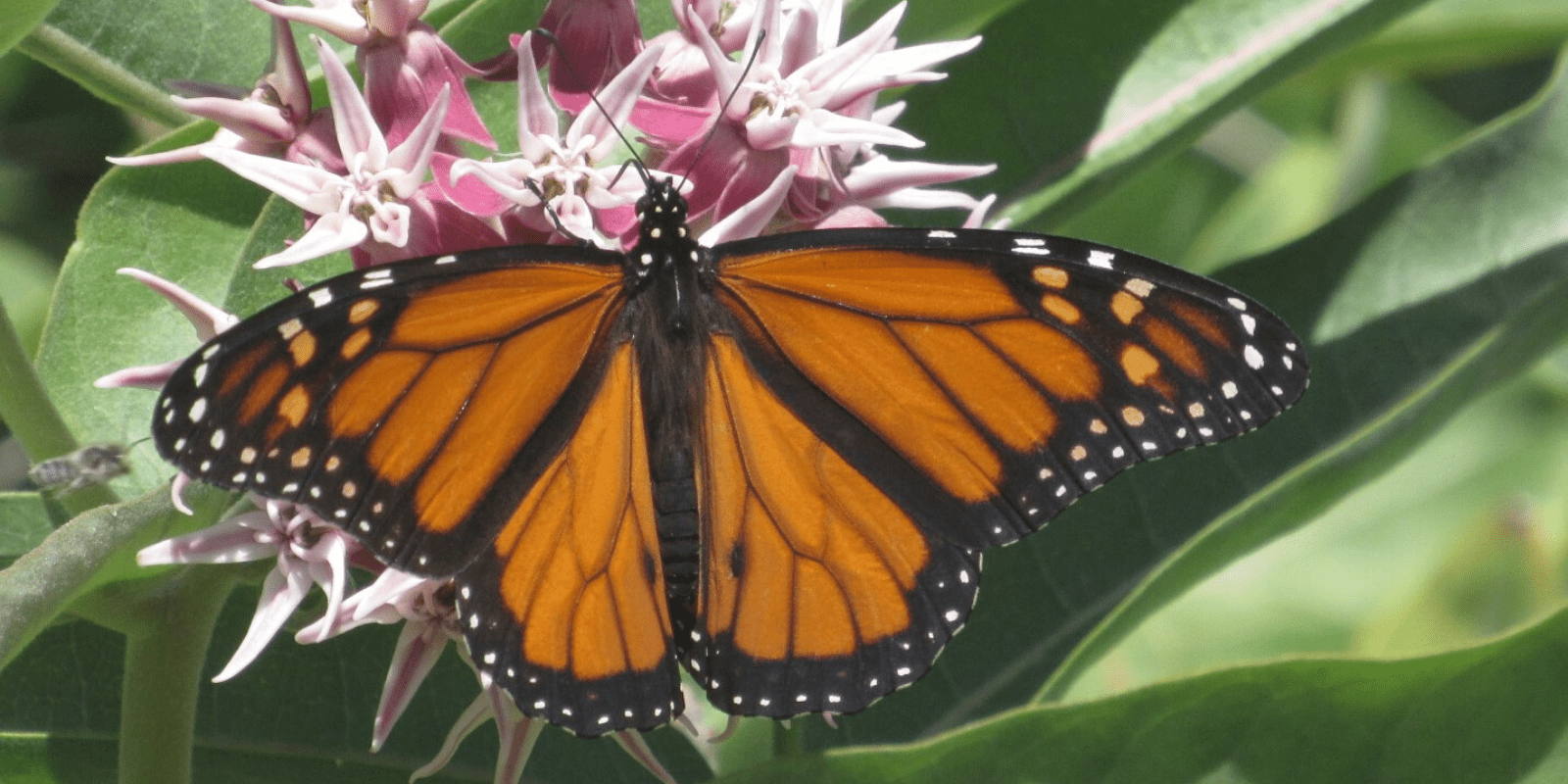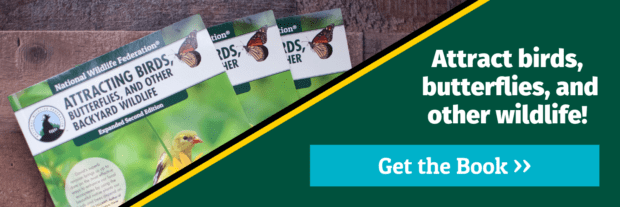We have much more to do and your continued support is needed now more than ever.
5 Ways You Can Help Western Monarchs

The once-common monarch butterfly has suffered steep population declines across North America in the last few decades. Both the eastern and western populations of these migratory butterflies are in real trouble.
Xerces Society has announced the results of this year’s western monarch population counts. There was no significant population growth in the last year, with 1,914 western monarchs counted. That means less than one percent of western monarchs remain compared to their population in the 1980s. With the population at such a critically low level, the monarchs’ unique migration could collapse and the entire western population could even disappear altogether.
It’s Not Too Late to Save Western Monarchs
A primary cause of monarch decline is habitat loss. Monarchs need blooming native wildflowers, trees and shrubs which provide nectar for the adult butterflies to feed upon, as well as native milkweed plants that are the sole food source for monarch caterpillars. The conversion of natural habitat into cropland, highways and suburban landscapes dominated by lawns, non-native plants and pesticides is taking a steep toll.
If you live west of the Rockies, the good news is that you can help the western monarch. It’s relatively easy to create monarch habitat in your own yard or garden. When we each make an effort to restore habitat right outside our doors, it can add up to big benefit to monarchs.
Five Ways to Help Western Monarchs
Here are five ways you can get involved helping restore habitat for western monarchs right outside your door:
- Plant Milkweed – Milkweed is the only food source for monarch caterpillars. By planting it in your yard or other garden spaces in your community, you’ll provide western monarchs with a critical resource so they can successfully reproduce and rebuild their populations. Always plant species native to your specific area. This is particularly important in California’s Central Valley, where early-season milkweed is desperately needed by monarchs leaving wintering grounds searching for host plants to lay eggs. For California, Xerces recommends native milkweeds such as woollypod milkweed (Asclepias eriocarpa), California milkweed (A. californica) and heartleaf milkweed (A. cordifolia). Other milkweed species native west of the Rockies are showy milkweed (A. speciosa) and Mexican whorled milkweed (A. fascicularis). Don’t plant non-native tropical milkweed (A. curassavica) which can be problematic, and if you’re in coastal California within 10 miles of where western monarchs overwinter, don’t plant milkweed at all but rather focus on nectar plants. Get a list of native western milkweed species.
- Provide Nectar – Adult monarchs feed on flower nectar. In addition to milkweed, which provides nectar as well as being a food source for monarch caterpillars, plant other native blooming wildflowers, trees and shrubs so adult monarchs have a food source. Get a list of native western nectar plants for monarchs.
- Don’t Use Pesticides – Monarchs are insects and broad-spectrum insecticides will kill them, both as caterpillars as well as in their adult butterfly form. Herbicides will kill the monarchs’ food sources. Commit to using pesticide-free organic gardening techniques at home. Get tips on pesticide-free gardening.
- Reduce Lawn – Lawns provide no habitat to monarchs and lawn care pesticides can kill them. Lawns also require large amounts of water to remain green, which is a precious and declining resource in much of the West. Replace lawn with beds of native blooming plants (including milkweed) adapted to local rainfall levels to help boost monarch numbers. Find out how to reduce your lawn.
- Join the Mayor’s Monarch Pledge – Contact your local elected officials and ask them to sign on to our Mayor’s Monarch Pledge to make the community-wide commitment to adopt practices that will support western monarchs. Learn how to participate in the Mayor’s Monarch Pledge.
BONUS ACTION: Support Monarch Habitat Along Highways
You can help monarchs today by sending a message to your state legislators about the urgent need to establish and protect safe habitat for monarchs, bees, and birds along our roadways. Please join us in endorsing and fully supporting roadside habitat programs that will help monarch butterflies survive.

The National Wildlife Federation will continue our multi-pronged approach to saving monarch butterflies. In addition to encouraging all Americans to restore monarch habitat in their own yards, gardens and communities, we are working to protect and restore monarch habitat throughout their migratory corridors, hosting state monarch summits, calling on Congress to enact a “Sodsaver” program in the next Farm Bill to protect America’s remaining native grassland habitats from conversion to cropland, fighting climate change which is impacting western monarch habitat, and working with school districts to educate children about the monarch life cycle, migration and habitat needs.
More: Learn how monarch butterfly populations are measured.
Support our work to recover and protect monarchs:
Donate!






















